Ṣoki
Awọn Aopuli 156-Horsepower 4X2 Wrecker is a reliable and practical vehicle for vehicle recovery operations.
1. Power and Mobility
- With 156 ile ẹṣin, it has sufficient power to handle a variety of towing tasks. This engine power enables the wrecker to pull disabled vehicles with ease, whether they are small cars or medium-sized trucks.
- The 4X2 drive configuration provides a good balance between traction and fuel efficiency. It allows the wrecker to move smoothly on different road surfaces and navigate through various terrains.
2. Towing Capacity and Equipment
- It is designed with a certain towing capacity, suitable for handling common breakdowns and accidents. The wrecker likely comes equipped with a winch system for pulling vehicles onto its flatbed or towing them directly.
- It may also have additional features such as tie-downs and storage compartments for tools and equipment needed for recovery operations.
3. Application Areas
- In urban areas, it can quickly respond to accidents and breakdowns, helping to clear the roads and reduce traffic congestion. It can also be used in parking lots and garages to move vehicles that are in the way or have mechanical issues.
- On highways, it can assist in towing disabled vehicles to safety, ensuring the smooth flow of traffic.
4. Operator-Focused Design
- The operator’s cab is likely designed for comfort and convenience. It may have ergonomic seating and controls that allow the operator to work for extended periods without excessive fatigue.
- The controls are probably intuitive and easy to use, enabling the operator to perform towing and recovery operations efficiently.
Awọn ẹya
Awọn Aopuli 156-Horsepower 4X2 Wrecker is a specialized vehicle with a set of distinct features that make it highly effective for vehicle recovery operations.
1. Engine Power and Drive Configuration
- Powerful Engine: The 156-horsepower engine provides a reliable source of power for the wrecker. This engine is capable of generating sufficient force to handle a wide range of towing tasks, from light-duty vehicles to medium-sized trucks. It offers smooth acceleration and consistent performance, ensuring that the wrecker can quickly respond to calls and reach the location of a disabled vehicle without delay.
- 4X2 Drive for Versatility: The 4X2 drive configuration offers several advantages. It provides decent traction on different road surfaces, allowing the wrecker to operate effectively in various environments. This drive setup also makes the vehicle more maneuverable, enabling it to navigate through tight spaces and crowded areas with ease. Afikun, it offers a relatively simple mechanical design, which can lead to lower maintenance costs and better reliability over time.
2. Towing Capacity and Equipment
- Adequate Towing Capacity: The Aopuli wrecker is designed with a specific towing capacity that meets the needs of most common vehicle recovery scenarios. It can handle a variety of vehicle sizes and weights, ensuring that it can deal with different types of breakdowns and accidents. The towing mechanism is likely engineered to be sturdy and reliable, capable of withstanding the stress of pulling a disabled vehicle without compromising safety or performance.
- Winch System for Versatile Recovery: Equipped with a winch system, the wrecker can perform a variety of recovery operations. The winch is typically powerful enough to pull a vehicle onto the flatbed or tow it directly from a difficult location. It may have features such as variable speed control and a long cable length, allowing for greater flexibility in different recovery situations. The winch is also likely designed for durability and ease of use, with controls that are accessible and intuitive for the operator.
- Additional Equipment for Enhanced Functionality: In addition to the winch, the wrecker may come with other useful equipment. This could include tie-downs to secure the towed vehicle on the flatbed, ensuring a safe and stable transport. There may also be storage compartments for tools and equipment needed for recovery operations, such as jumper cables, tire repair kits, and basic hand tools. These additional features enhance the functionality of the wrecker and make it more self-sufficient on the job.
3. Body and Loading Design
- Functional Flatbed or Towing Arrangement: The body of the wrecker is designed to facilitate easy loading and towing of disabled vehicles. If it has a flatbed, it is likely made of durable materials that can withstand the weight and stress of loading and transporting vehicles. The flatbed may have features such as ramps for easy vehicle access and tie-down points to secure the load. In some cases, the wrecker may have a towing mechanism that allows for traditional towing operations, with a tow bar or hitch that is compatible with different types of vehicles.
- Thoughtful Design for Accessibility and Loading: The design of the wrecker takes into account the ease of loading and unloading disabled vehicles. The ramps, if present, are likely designed to be sturdy yet lightweight and easy to deploy. They may be adjustable to accommodate different vehicle heights and angles. The body may also have features such as side rails and non-slip surfaces to ensure the safety of the operator and the towed vehicle during loading and unloading. Afikun, there may be lighting and signage on the body to enhance visibility during night operations or in low-light conditions.
4. Safety and Control Features
- Safety in Towing Operations: The Aopuli wrecker is equipped with several safety features to ensure a secure towing operation. There may be load-sensing systems that monitor the weight and balance of the towed vehicle. If the load exceeds safe limits or becomes unbalanced, the operator is alerted. The towing connections, such as the tow bar or winch cable, are likely designed with safety in mind, with features like locking mechanisms and high-strength materials to prevent accidental detachment. The vehicle may also have stability control systems and anti-lock brakes to enhance safety during towing and driving.
- Operator-Controlled Systems for Precision: The controls in the operator’s cab are designed for ease of use and precision. The operator can easily manage the winch, ramps, and other recovery equipment. The controls are likely ergonomically placed and intuitive, reducing the risk of operator error. There may also be safety interlocks and warning systems to prevent accidental activation of certain functions. The cab may be equipped with a rear-view camera or mirrors to provide a clear view of the towed vehicle and surrounding area, enhancing safety during towing operations.
5. Operator-Focused Design
- Comfortable Cab for Extended Operations: The operator’s cab is designed with the operator’s comfort in mind. It may feature ergonomic seating that provides proper support during long hours of operation. The cab is likely to be well-insulated from noise and vibration, creating a more pleasant working environment. There may also be climate-control systems to maintain a comfortable temperature inside the cab, regardless of the external weather conditions.
- Visibility and Instrumentation for Optimal Performance: Good visibility is crucial for the operator during towing and recovery operations. The cab is designed with large windows and well-placed mirrors to provide a clear view of the surrounding area. The instrumentation panel may display important information such as engine status, towing load, and vehicle stability indicators. This information helps the operator make informed decisions and ensure safe and efficient operations. Afikun, there may be communication systems in the cab to allow the operator to stay in touch with dispatchers or other emergency services.
Alaye
| Alaye ipilẹ | |
| Fọọmu awakọ | 4X2 |
| Kẹkẹ | 4400mm |
| Vehicle body size | 7.8×2.3×2.75 meters |
| Lapapọ ibi- | 9.995 tos |
| Vehicle mass | 6.05 tos |
| Iyara ti o pọju | 90km / h |
| Front wheel track/rear wheel track | Iwaju: 1740mm; Rear:1640mm |
| Iwaju apọju / rechang | 1.22/1.43 igun |
| Engine ti ara | |
| Awoṣe ẹrọ | Yunnei Power D30TCIE4 |
| Itanhin | 2.977L |
| Horserower ti o pọju | 156 ile ẹṣin |
| Agbara Ijade ti o pọju | 115kw |
| Iru epo | Nkan |
| AKIYESI IKỌ | National V |
| Awọn ohun elo Ọpọlọ | |
| Vehicle announcement | CGC5100TQZHDE41E |
| Ami iyasọtọ ti a fi silẹ | Dayun Light Truck |
| Awọn paramita gbigbe | |
| Awoṣe gbigbe | WANLIYANG 6-speed |
| Nọmba ti awọn earé | 6 irugbin nu |
| Nọmba ti awọn omi ti o yi lọ | 1 |
| Chassis paramita | |
| Ami afiwena chassis | Dayun Light Truck |
| Chassis vehicle series | Aopuli |
| Awoṣe Chassis | CGC1100HDE44E |
| Nọmba ti awọn orisun opo | 9/9+6 |
| Taya | |
| Nọmba ti awọn taya | 6 |
| Taya pato | 8.25R16 |
Awọn ifiweranṣẹ ti o ni ibatan:










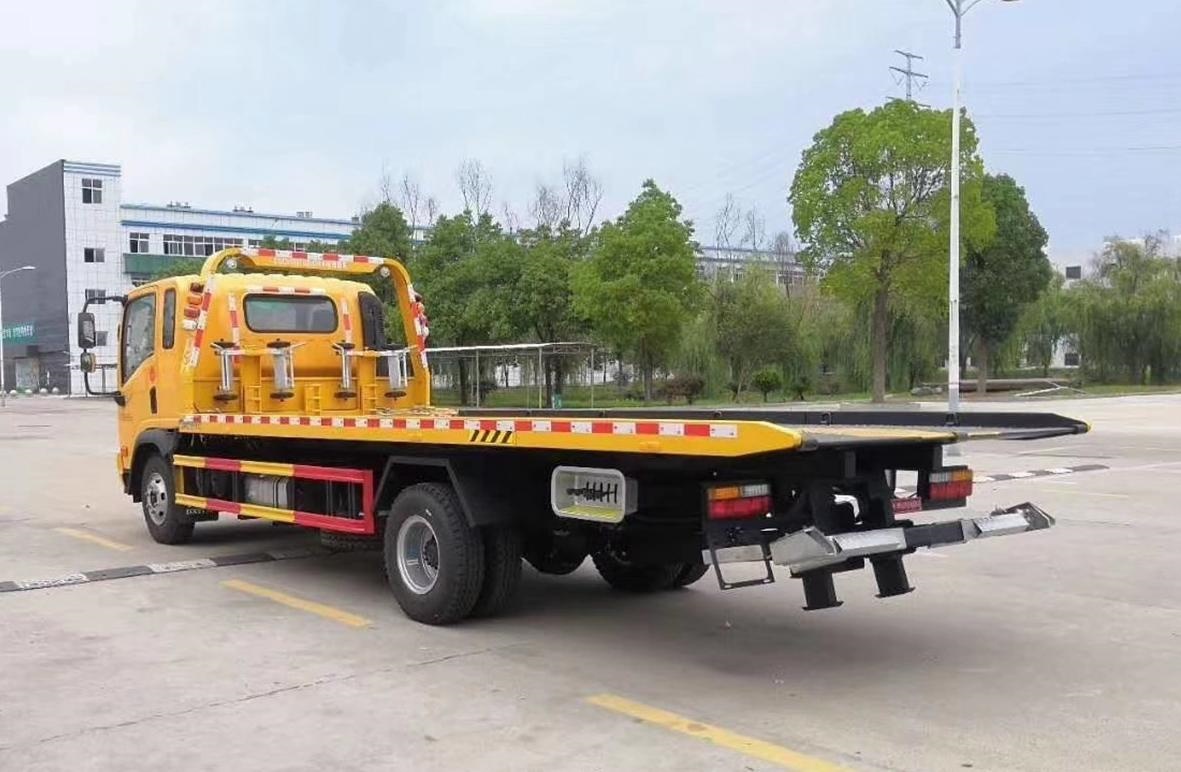
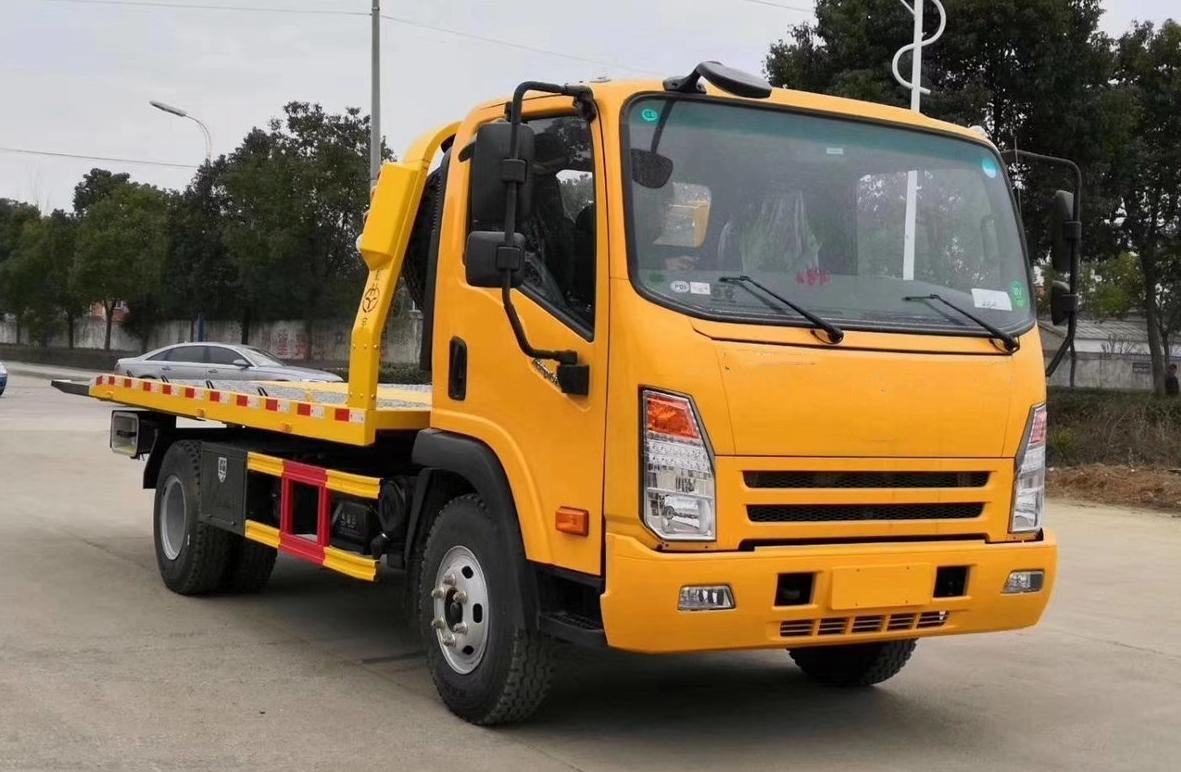
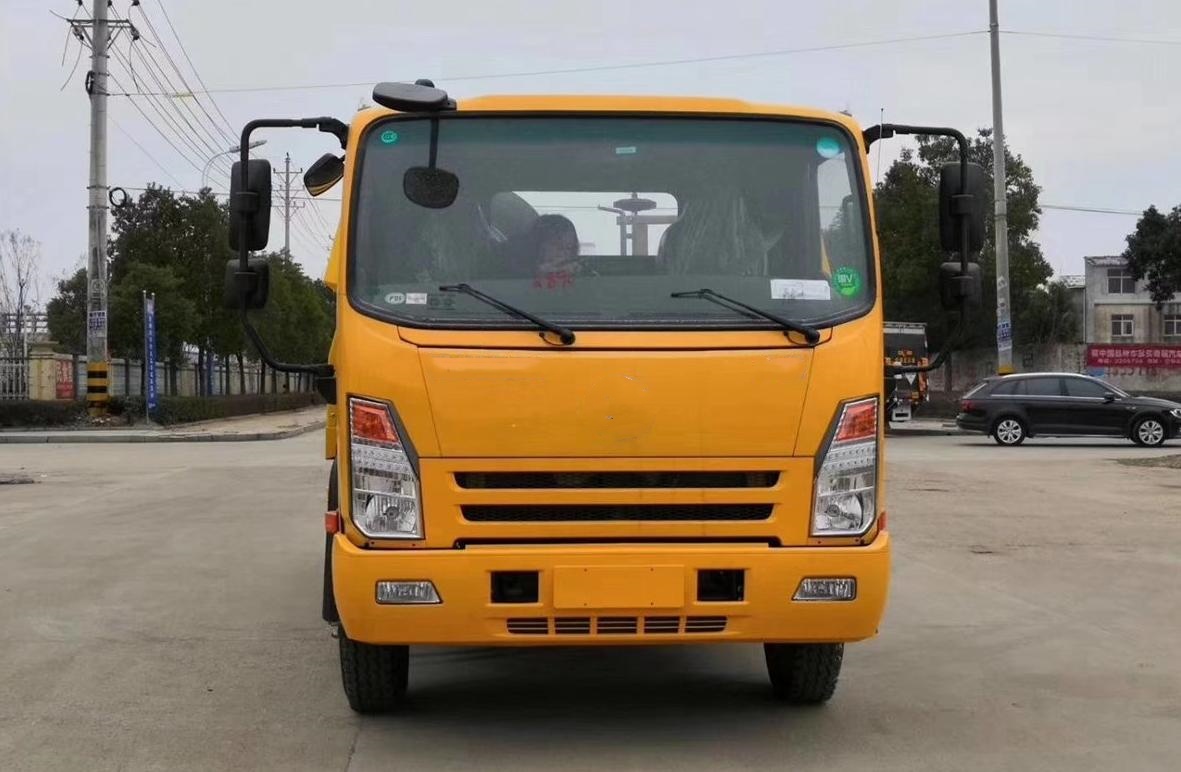
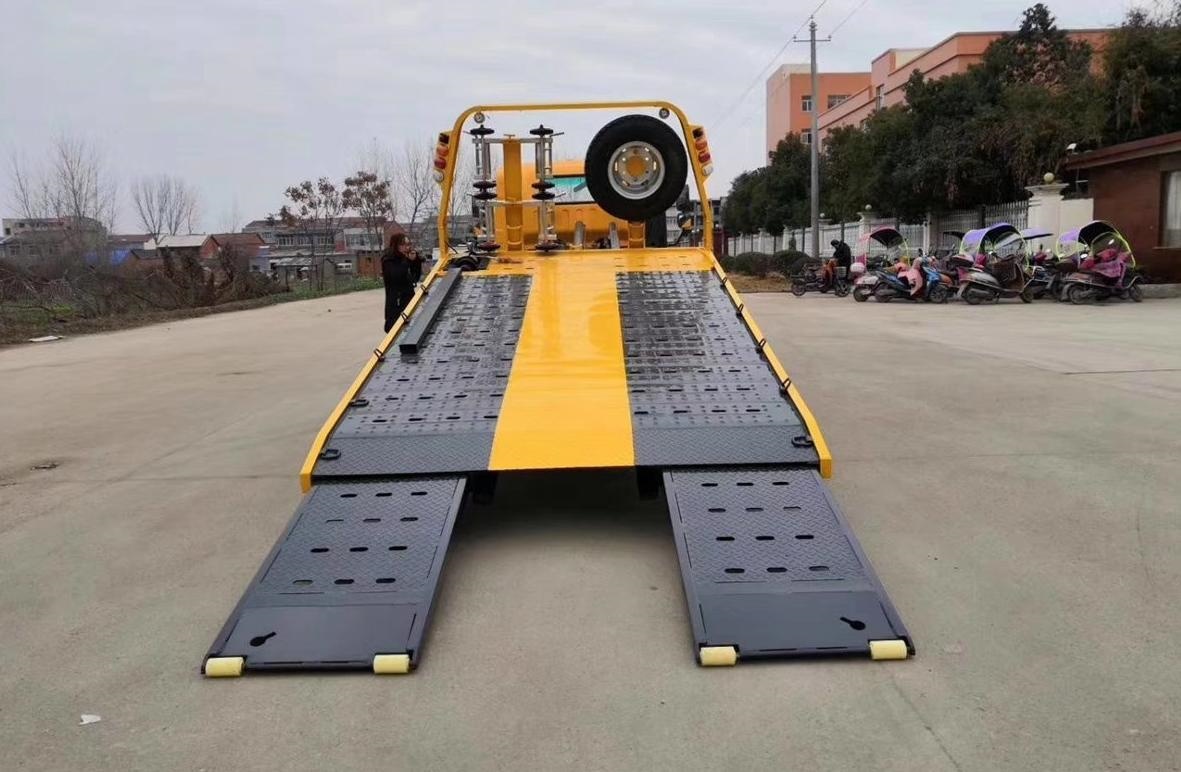
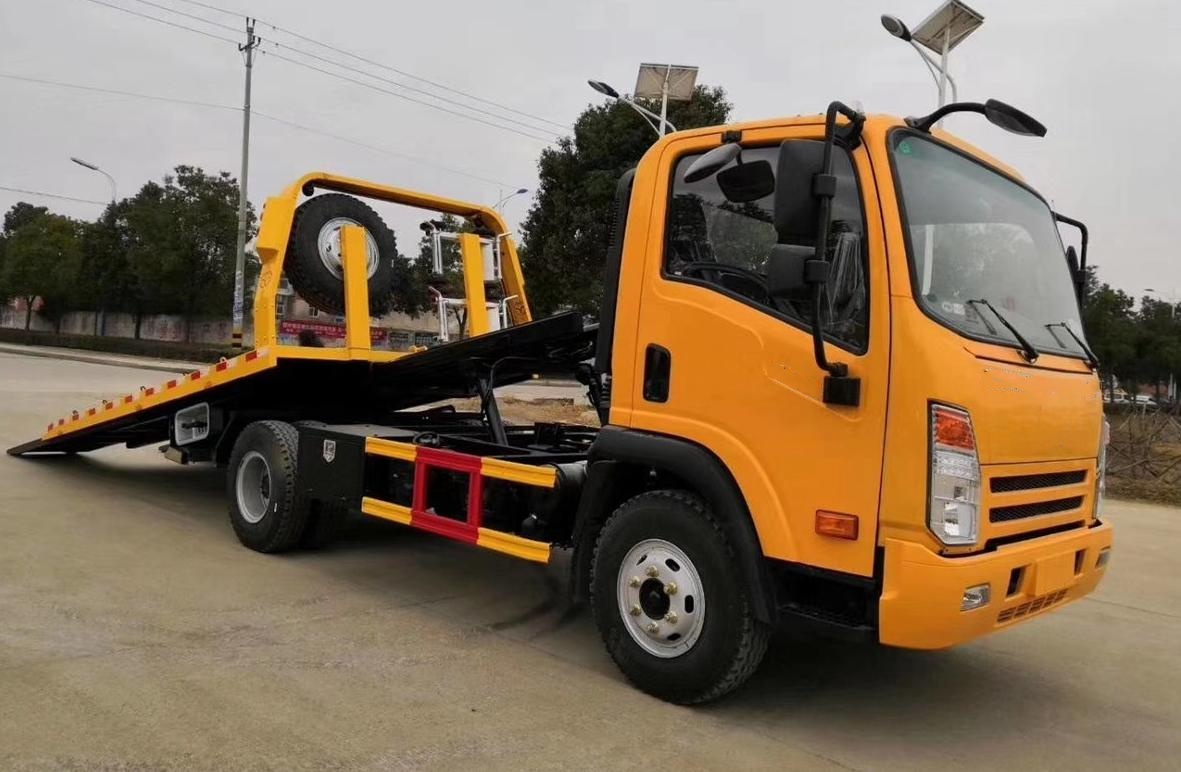
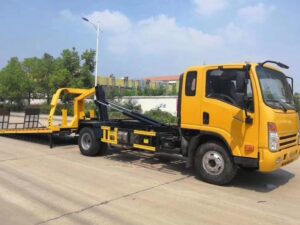
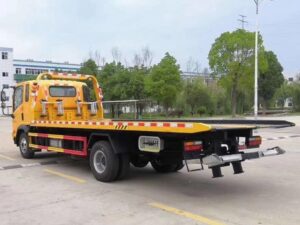
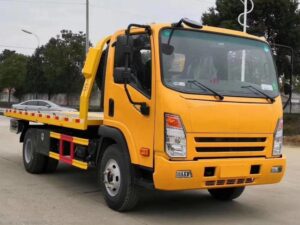
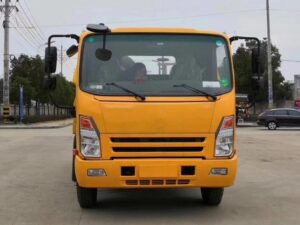
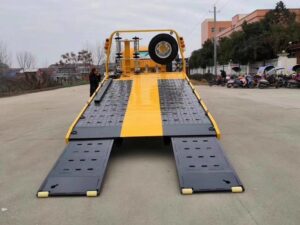
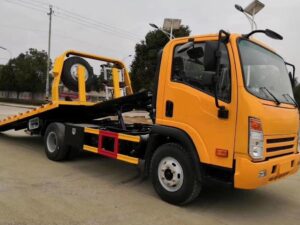
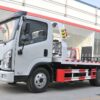
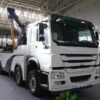
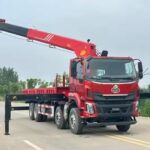
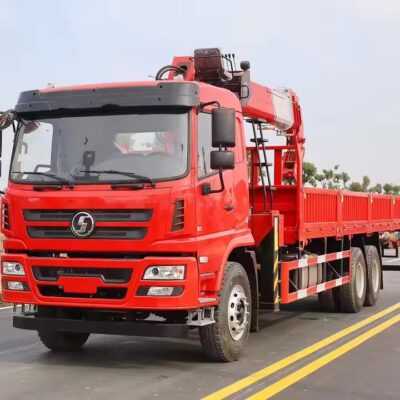

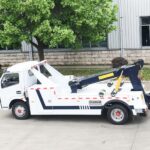
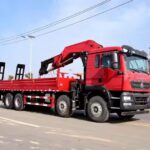

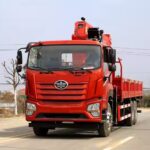
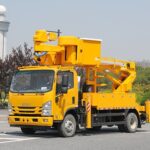

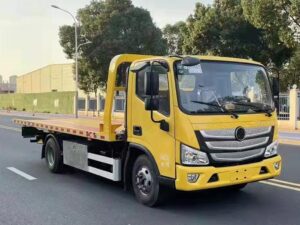
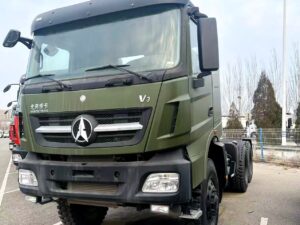
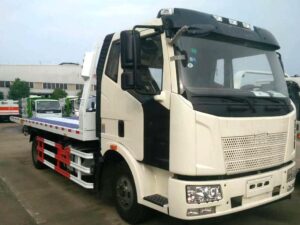
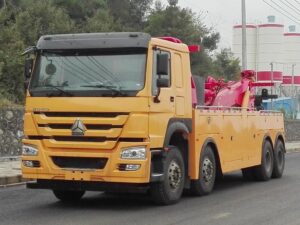
Agbeyewo
Ko si awọn atunyẹwo sibẹ.